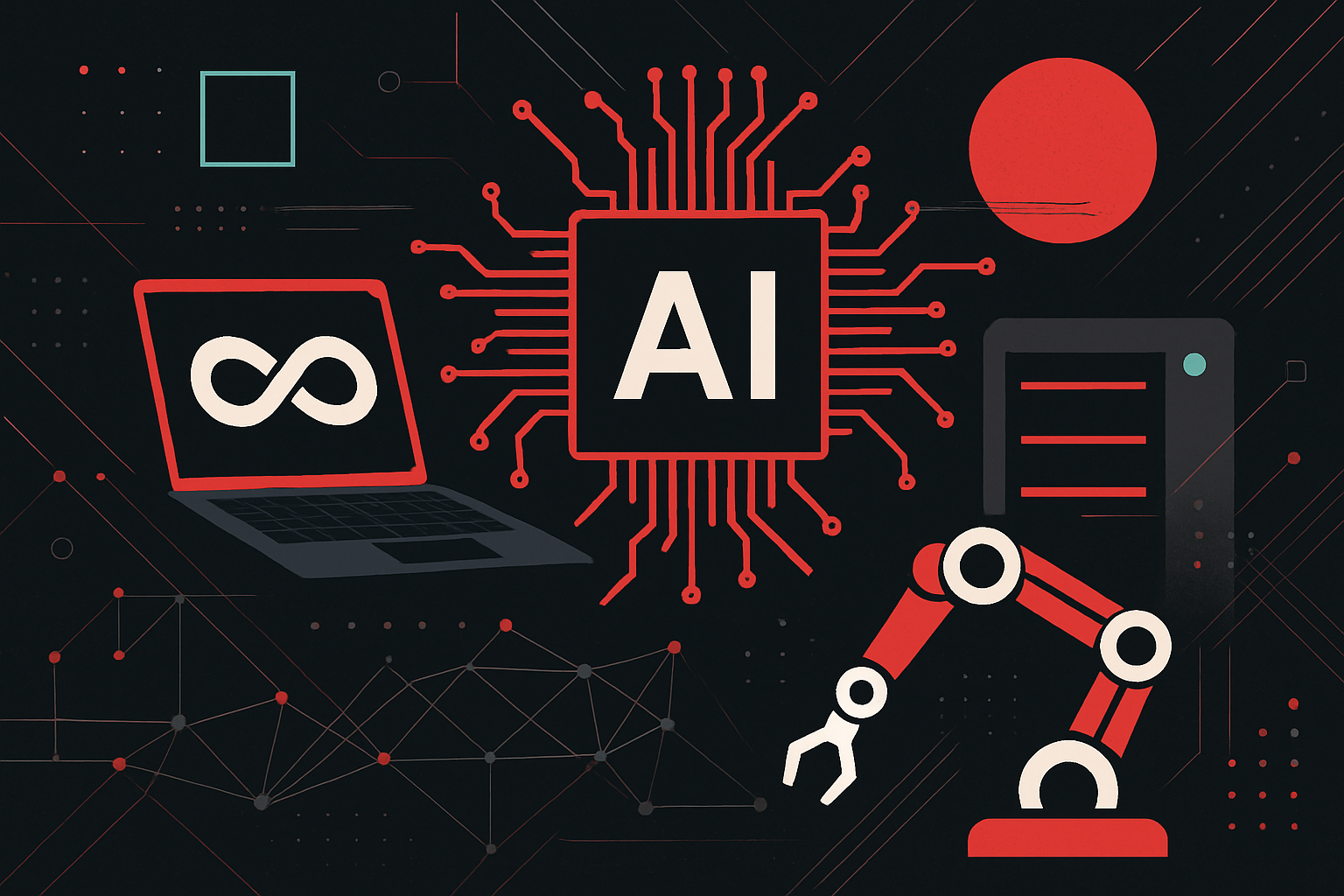Explainable AI (XAI): Making AI Decisions Transparent

Understanding Explainable AI (XAI)
Explainable AI (XAI) is a branch of artificial intelligence that focuses on making AI systems’ decisions transparent and understandable to humans. As AI models become more complex, the need for transparency becomes crucial, especially in sensitive areas like healthcare, finance, and autonomous vehicles. XAI aims to provide insights into AI decision-making processes, enabling trust and accountability.
The Importance of Explainability
Trust and Adoption
Explainability fosters trust among users and stakeholders, which is essential for the widespread adoption of AI technologies. When users understand how decisions are made, they are more likely to trust and rely on AI systems.
Compliance and Regulation
In many industries, compliance with regulations requires explainable AI. For instance, the European Union’s General Data Protection Regulation (GDPR) mandates “the right to explanation,” where individuals can ask for explanations for decisions made by automated systems.
Debugging and Improvement
Explainable models allow developers to identify errors and improve model performance. Understanding why a model makes certain predictions can highlight areas for refinement and optimization.
Techniques for Explainable AI
Model-Specific Methods
- Decision Trees
- Description: Decision trees are inherently interpretable due to their simple structure. Each node represents a decision based on an attribute, leading to a clear path to the final decision.
-
Usage: Ideal for scenarios where interpretability is crucial and the dataset is not overly complex.
-
Linear Models
- Description: Linear models like linear regression or logistic regression offer transparency as their coefficients directly indicate the influence of each feature.
- Usage: Suitable for problems where relationships between features are linear or approximately linear.
Model-Agnostic Methods
- LIME (Local Interpretable Model-agnostic Explanations)
- Description: LIME approximates the local decision boundary of any classifier by fitting a simple interpretable model around the prediction.
-
Example:
python
from lime.lime_tabular import LimeTabularExplainer
explainer = LimeTabularExplainer(training_data, feature_names=feature_names, class_names=class_names, mode='classification')
explanation = explainer.explain_instance(data_instance, model.predict_proba)
explanation.show_in_notebook() -
SHAP (SHapley Additive exPlanations)
- Description: SHAP values provide a unified measure of feature importance by calculating the contribution of each feature to the prediction.
- Example:
python
import shap
explainer = shap.TreeExplainer(model)
shap_values = explainer.shap_values(data)
shap.summary_plot(shap_values, data, feature_names=feature_names)
Practical Examples of Explainable AI
Healthcare: Diagnosing Diseases
In healthcare, AI models can predict the likelihood of diseases based on patient data. Explainability is crucial here to ensure that predictions are based on legitimate medical factors rather than biases or anomalies in the data.
- Actionable Insight: Use SHAP to identify which features (e.g., age, blood pressure) are driving predictions for specific diseases, providing doctors with a transparent basis for diagnosis.
Finance: Credit Scoring
Financial institutions use AI for credit scoring, which affects loan approvals. Explainability helps in understanding which factors lead to a specific score.
- Actionable Insight: Implement LIME to break down individual credit scores, showing applicants the primary factors affecting their scores and enabling more informed discussions.
Comparative Summary of XAI Techniques
| Technique | Model Specificity | Ease of Interpretation | Suitable Use Cases |
|---|---|---|---|
| Decision Trees | Specific | High | Simple, structured data |
| Linear Models | Specific | Medium | Linear relationships |
| LIME | Agnostic | High | Any model, local explanations |
| SHAP | Agnostic | Medium-High | Any model, global insights |
Implementing Explainable AI: Step-by-Step
- Select the Right Technique: Choose based on the model type and the level of explanation required (local vs. global).
- Integrate into Workflow: Use libraries like LIME or SHAP to integrate explainability into the model evaluation process.
- Visualize Explanations: Provide visual insights to stakeholders using plots and charts generated by XAI tools.
- Iterate and Refine: Use insights from explanations to iteratively improve model performance and ensure compliance with ethical standards.
By incorporating XAI techniques, organizations can enhance trust in AI systems, comply with regulatory requirements, and continually improve their models for better decision-making.





0 thoughts on “Explainable AI (XAI): Making AI Decisions Transparent”